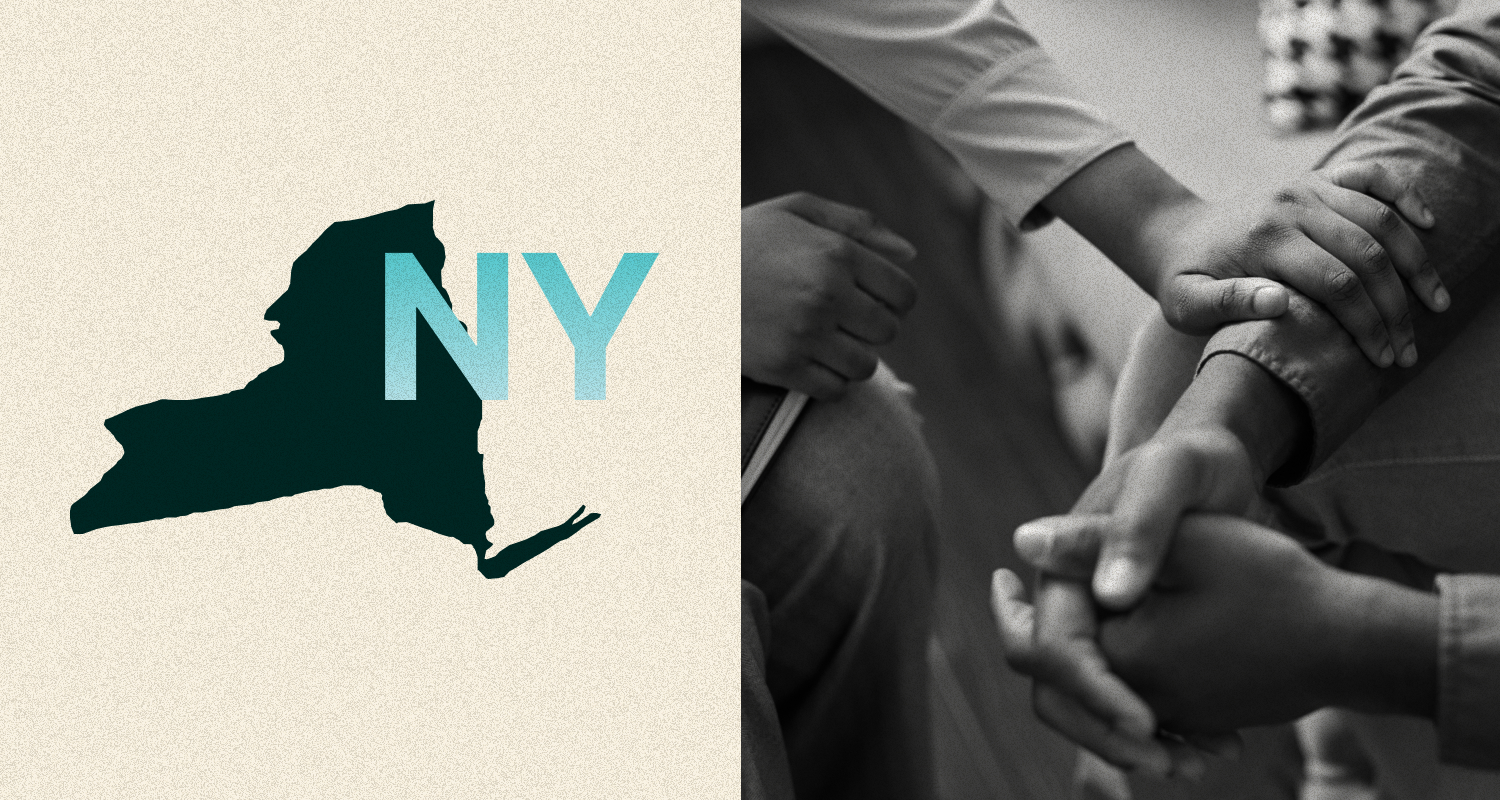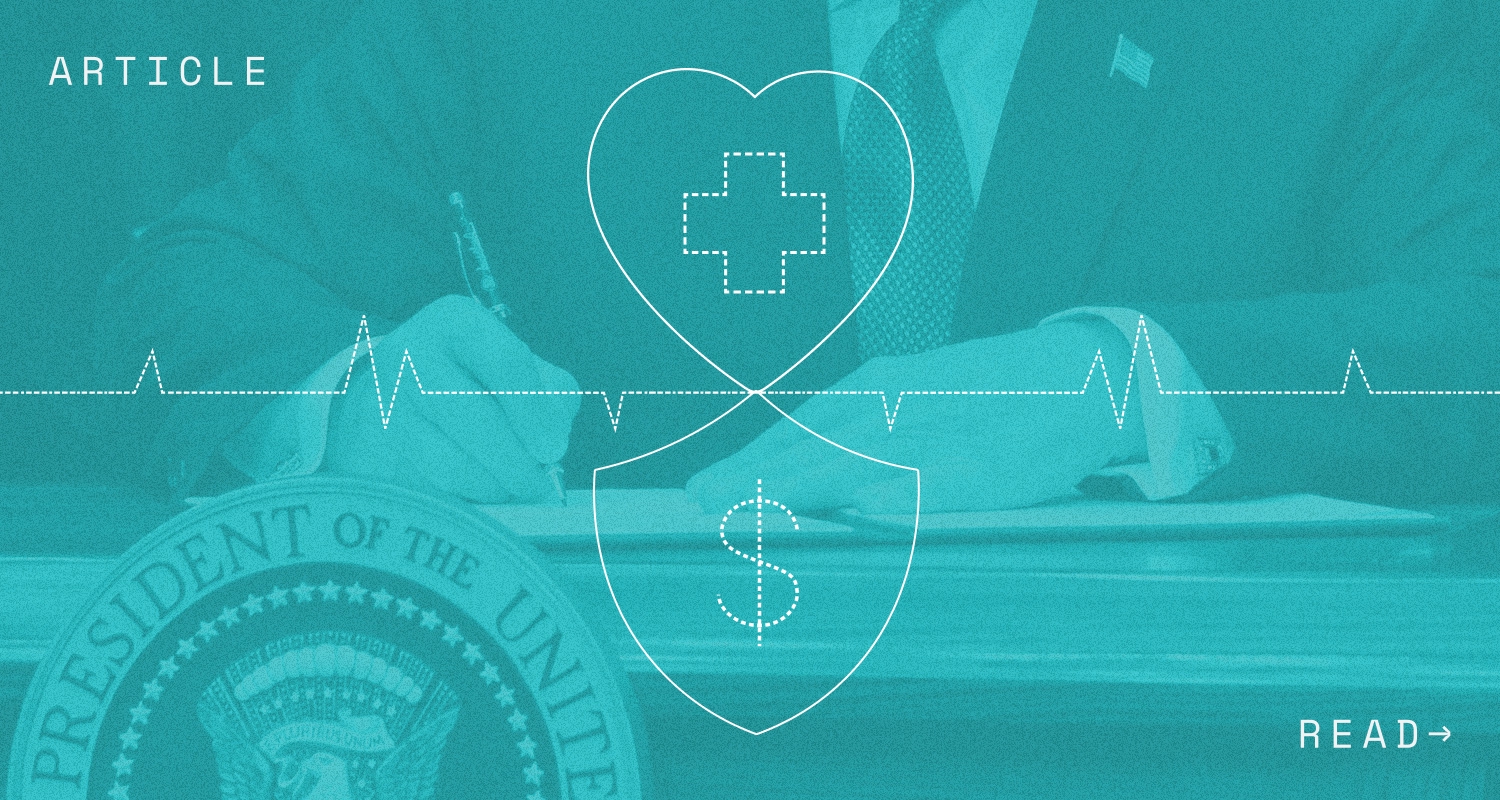The Internal Revenue Service (IRS) released Rev. Proc. 2019-29, which sets the 2020 rates used to determine whether employer-sponsored coverage is “affordable” for purposes of the Affordable Care Act’s (ACA) employer mandate. For plan years beginning in 2020, Applicable Large Employers (ALEs) offer “affordable” coverage if the employee cost of self-only coverage is less than 9.78% of their household income. As a reminder, the ACA employer mandate only applies to ALEs. See our FAQs below for more on which employers are considered to be ALEs.
Sequoia One “ALE” Clients:
- ALEs must offer coverage to employees that cost less than 9.78% of their household income to meet the “affordability” requirement under the ACA.
- ALEs who use the Federal Poverty Level (“FPL”) safe harbor can ensure they meet the affordability standard by offering at least one plan where the cost to employees (based on the self-only tier of coverage) is less than $103.94 per month in 2020. This is because Sequoia One is on a July 1st plan year and this number is based on the new 2020 FPL rates that were recently released.
- ALEs who use an affordability safe harbor other than the Federal Poverty Level may rely on the 9.78% rate (W-2 or Rate of Pay safe harbors).
Frequently Asked Questions
Which employers are considered to be ALEs?
ALEs are employers with 50 or more full-time and full-time equivalent employees, on average, in the prior calendar year. Non-ALEs are not subject to the ACA employer mandate and are not subject to the “affordability” requirement. Companies with a common owner or that are otherwise related under certain rules of section 414 of the Internal Revenue Code are generally combined and treated as a single employer for determining ALE status. For more on how to calculate your ALE status, go here.
What type of coverage must an ALE offer under the ACA?
Under the ACA’s employer mandate (also known as the “pay or play mandate”), ALEs must provide affordable, minimum value coverage to full-time employees and their dependents, or potentially face a penalty.
How can employers determine whether their coverage is “affordable” under ACA?
For plan years starting in 2020, coverage is affordable if it costs less than 9.78% of an employee’s household income, which is a slight decrease from the 2019 rate of 9.86%. ALEs can utilize any one of the three following “safe harbors” to determine whether they meet the 2020 affordability requirement:
- Federal Poverty Level: The cost to employees for self-only coverage on the lowest-cost plan is less than 9.78% of the federal poverty level (which is determined annually). The Department of Health and Humans Services released the 2020 FPL rates on January 17, 2020.
- W-2: The cost to an employee for self-only coverage is less than 9.78% of that employee’s annual wages, as outlined on their W-2.
- Rate of Pay: The cost to employees for self-only coverage is less than 9.78% of their monthly salary (or hourly rate multiplied by 130).
For more on the affordability safe harbors, see the IRS Q&A on Affordability.
What is the easiest way for employers to determine whether they offer “affordable” coverage?
The easiest method for determining affordability is under the Federal Poverty Level (FPL) safe harbor, because it allows employers to determine a single amount that is considered affordable for all employees, rather than calculating affordability on an employee-by-employee basis. Under the FPL safe harbor, an employer must offer at least one plan with self-only coverage that costs employees less than the FPL safe harbor amount.
The 2020 FPL safe harbor amount is calculated based on the following formula:
Monthly 2020 Safe Harbor Amount = [9.78% x Federal Poverty Level (FPL)] / 12
The FPL that is used to calculate the 2020 safe harbor amount depends on the start date of the employer’s plan year. An employer may rely on any FPL that is in effect 6 months prior to the start of their plan year. This means that employers with plans that begin between January 1, 2020 through June 30, 2020 may use the 2019 FPL rates to calculate their 2020 safe harbor amount.
The 2020 FPL safe harbor amounts based on an employer’s plan year are outlined below:
- For plan years that begin between January 1, 2020 and June 30, 2020: the monthly employee cost cannot exceed 9.78% of the 2019 FPL rates, or $101.79 per month ($117.20 for Hawaii and $127.14 for Alaska).
- For plan years that begin after July 1, 2020: employers can use the 2020 FPL rates to calculate the 2020 safe harbor amounts of $103.99 per month ($119.64 for Hawaii, and $129.99 for Alaska).
-
- Sequoia One clients are on a July 1 plan year and can use the 2020 FPL safe harbor amounts of $103.99 per month for the Mainland US, $119.64 for Hawaii, and $129.99 for Alaska.
Are there penalties if ALEs don’t offer affordable coverage?
ALEs who do not comply with the employer mandate may be subject to one of two potential penalties:
- Penalty A: ALE offers coverage to less than 95% of their full-time employees.; or
- Penalty B: ALE offers coverage to more than 95% of their full-time employees but fails to offer affordable, minimum value coverage.
Based on the IRS Notice, the projected 2019 and 2020 annual penalties are as follows:
| 2019 | 2020 | |
| Penalty A | $2,500 | $2,580 |
| Penalty B | $3,750 | $3,870 |
To determine whether an employer owes a penalty, the IRS compares the employer’s ACA reporting with the list of employees who received a government subsidy to purchase coverage through the Exchange. Penalties are triggered if an employer fails to offer a full-time employee proper coverage and that employee receives a government subsidy.
If an employer is subject to a penalty, the IRS will send the employer a 226J Notice letter outlining how much the IRS believes the employer owes. The IRS has begun sending these letters to ALEs relating to the ACA reporting employers submitted for the 2017 calendar year.
For more on IRS 226J letters, see our blog post.
Employer Next Steps
- ALEs should be aware of the 2020 affordability rates when determining their health-care offerings and contribution strategies for the upcoming plan year.
- ALEs should ensure that their health care offerings are affordable under one of the affordability safe harbors (FPL, W-2, or Rate of Pay).
- If the ALE plans to use the FPL safe harbor they should ensure they are offering at least one plan that costs employees less than 9.78% of the federal poverty level.
Resources
HHS Annual Update of Poverty Guidelines
The information and materials on this blog are provided for informational purposes only and are not intended to constitute legal or tax advice. Information provided in this blog may not reflect the most current legal developments and may vary by jurisdiction. The content on this blog is for general informational purposes only and does not apply to any particular facts or circumstances. The use of this blog does not in any way establish an attorney-client relationship, nor should any such relationship be implied, and the contents do not constitute legal or tax advice. If you require legal or tax advice, please consult with a licensed attorney or tax professional in your jurisdiction. The contributing authors expressly disclaim all liability to any persons or entities with respect to any action or inaction based on the contents of this blog.




